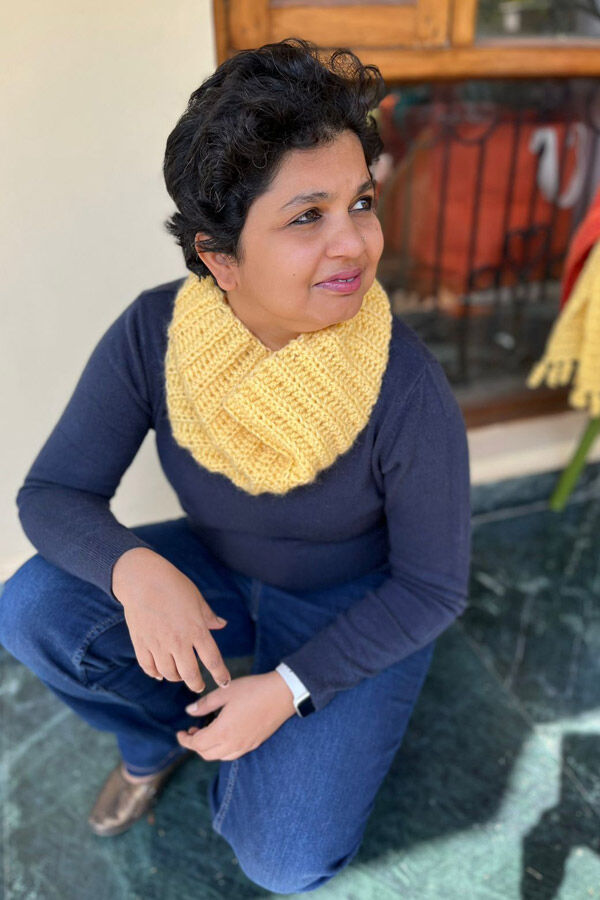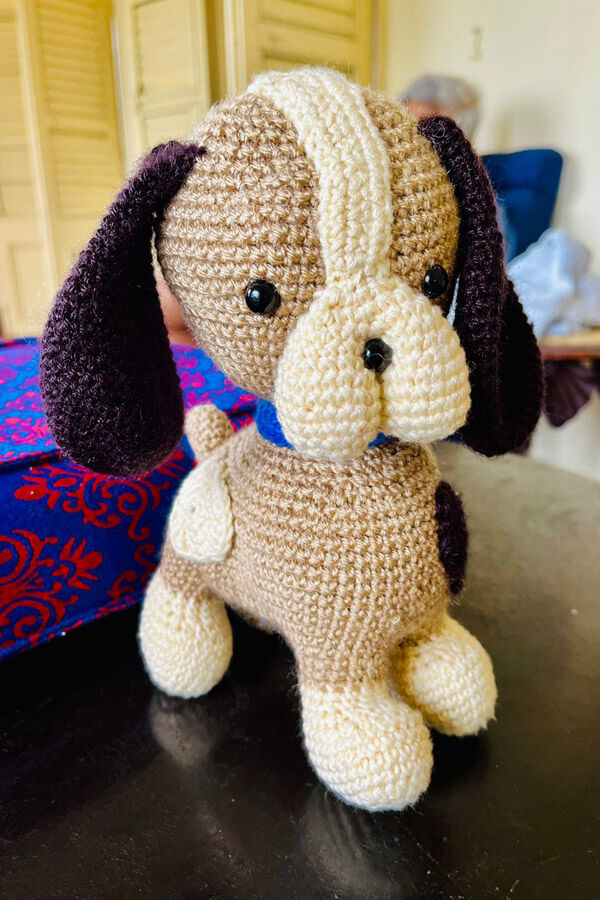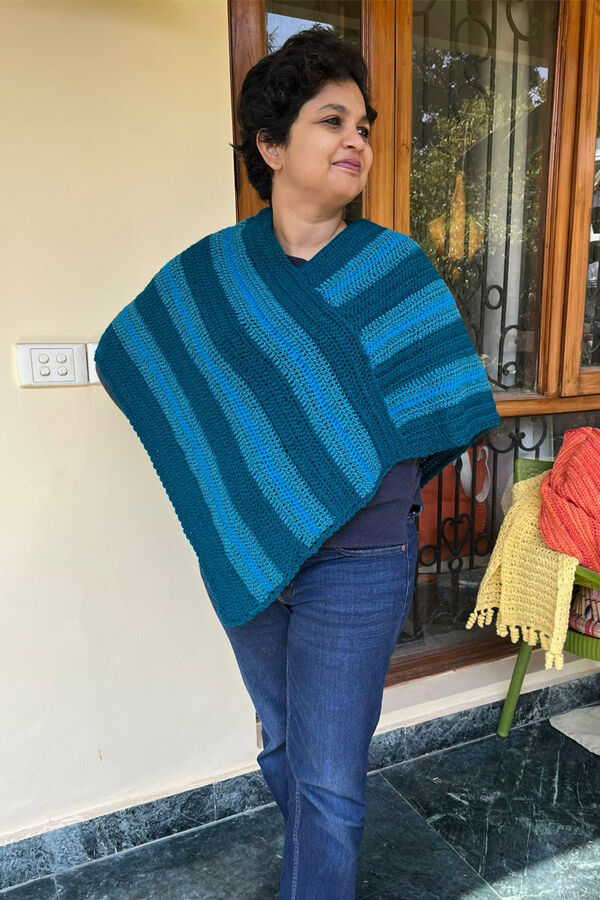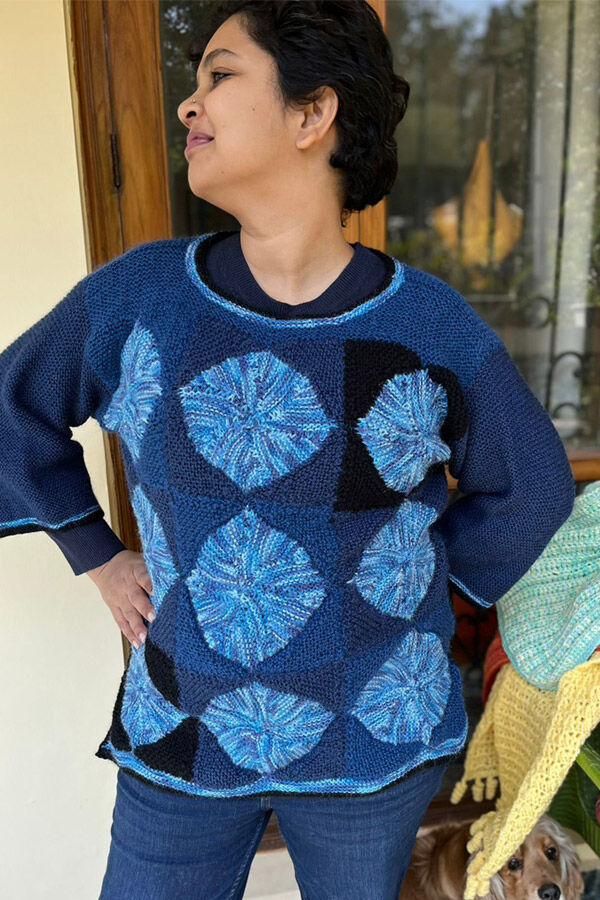Becoming a craft entrepreneur after 40 years of academic innings was like home coming. The seeds of art and craft were planted in my mind in girlhood by my grandmother, mother and aunts who were talented artists and adept in crafts.
I grew up in an indulgent environment watching them weave magic with yarns, fabric, paints and had always dreamt as a young girl, to set up a craft studio when I grew up. But destiny dealt a very different hand, and that was, to be a teacher. Never a naysayer, I played the hand sincerely and enjoyed the game since teaching, researching and writing came naturally to me, and I have basked for years in the university ambience and the love of my students.
But dreams don’t die! They stay with you always, prod, and remind you, about what needs to be done. And therefore, soon after my superannuation (2020), I set up Buna’wat with the aim to produce knitted, crocheted and embroidered garments and home linen that were stylish, chic and aesthetic. Creative work requires a period of incubation - to ideate and meditate on the topic of interest - and the lockdown during the Covid19 pandemic gave me the time I needed. I invested in a studio workshop, purchased vast quantities of variety of yarns, the best work tools and lovely pattern books and was ready to begin.
But finding the right skills for Buna’wat was not easy ( that’s another story that deserves to be told some day ), but soon I had eight talented women from my neighbourhood who could knit , embroider and crochet and they became my co crafters. These were girls and women from lower and poor strata of society and three of them could not read or write but their skills were top class. Each had a unique story of deprivation and heart break to tell that gave me lessons in leadership and life skills which theories and models in books never do. Through Buna’wat I have stepped out of my gated and privileged community and am beginning to see the world as it is - and not through the lens of conceit that affluence makes you wear.




